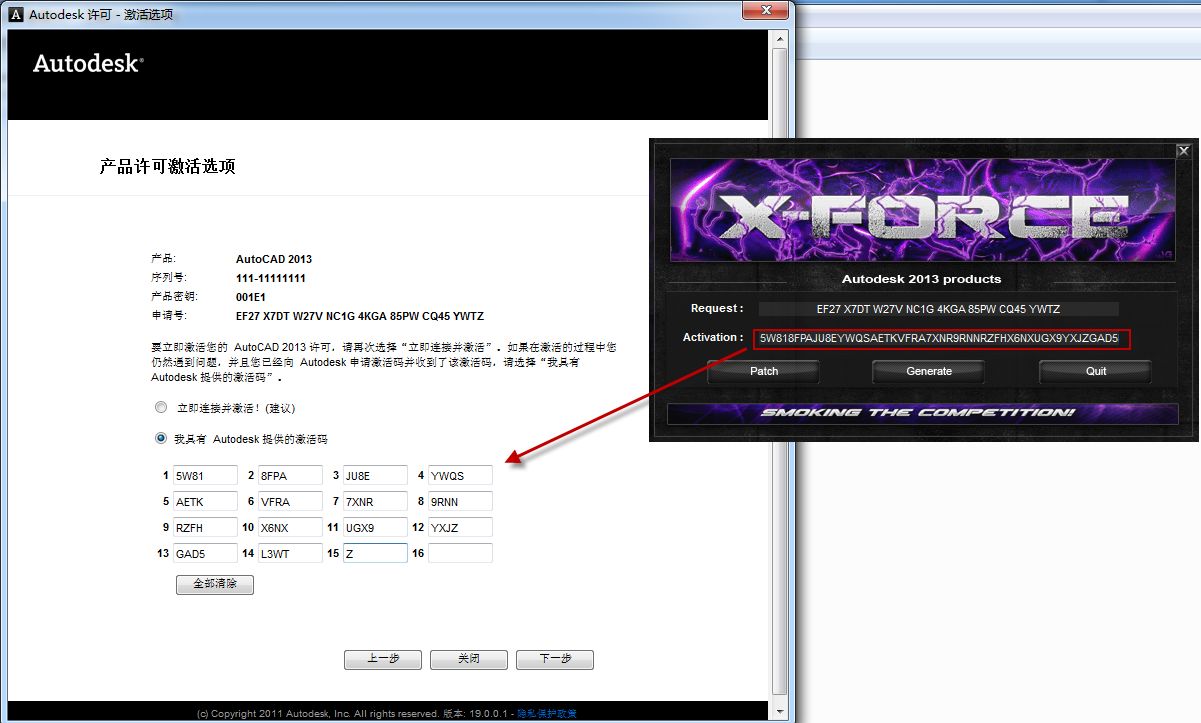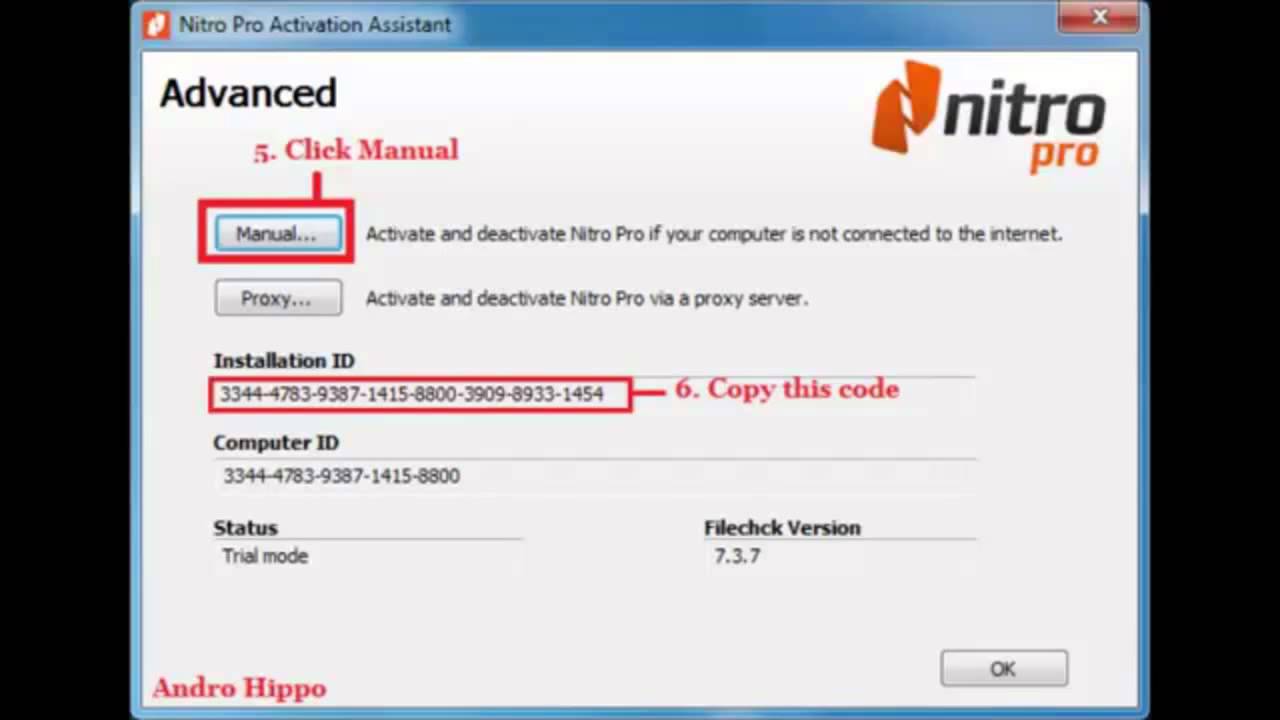

In the case of desktop, this has to be accomplished by checking the CMOS jumper.

If the first method doesn’t work, you might try the backdoor entry. Now once the password is cleared, turn off the computer once again, and put back the jumper to its original position. Step 4 Once this is done, restart the computer and check whether the password is cleared or not. However, the best will be to always refer to the product documentation. The jumper might be labeled as CLEARCMOS or JCMOS1. Step 3 Once you do that, identify the BIOSjumper's locations on the motherboard by checking in product documentation and reset it. Unscrew the screws located on the Side Panel of the CPU. Step 2 To perform this, one has to turn off the computer, make sure the power cable is out of the wall outlet. However, it is advisable to read the product manual first before trying this step because the Jumper position will differ from one motherboard to another. There is a specific jumper on the motherboard, which is meant for this. Step 1 The first option will be to change the Password Jumper Settings on the BIOS. There are different ways to crack the BIOS password.

In that case, we have to break the BIOS password. But, after certain tries also it didn’t work, then do what? If I cannot enter BIOS, that means I don’ be able to make any changes in settings. We keep on trying with our best-guessed passwords. Also possible that someone else uses the same computer and has set a different password in BIOS. This also might be a scenario where you have bought the computer for someone else, and the seller didn’t share the BIOS password. There are some annoying scenarios where you want to change some sites, settings and find that it is not taking the password. It is also responsible for initiating POST, which is a self-check done on the system by itself. Will you be able to use that drive once you login to Windows? The answer is No BIOS has to detect the hard drive first since it holds all the information related to hardware settings, and then it will be detected by the operating system.BIOS hold all the information related to hardware settings, system date, and time.


 0 kommentar(er)
0 kommentar(er)
